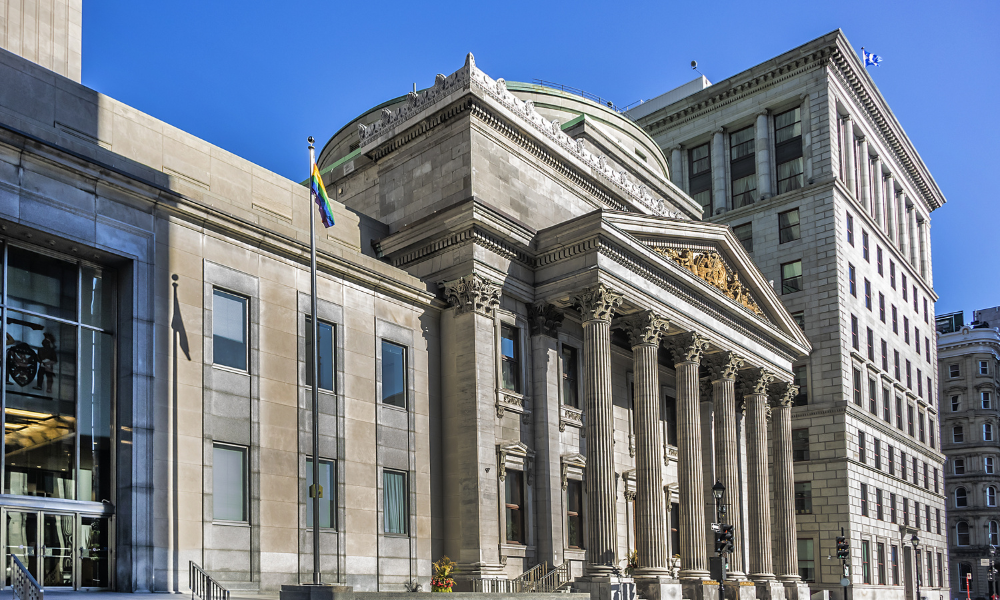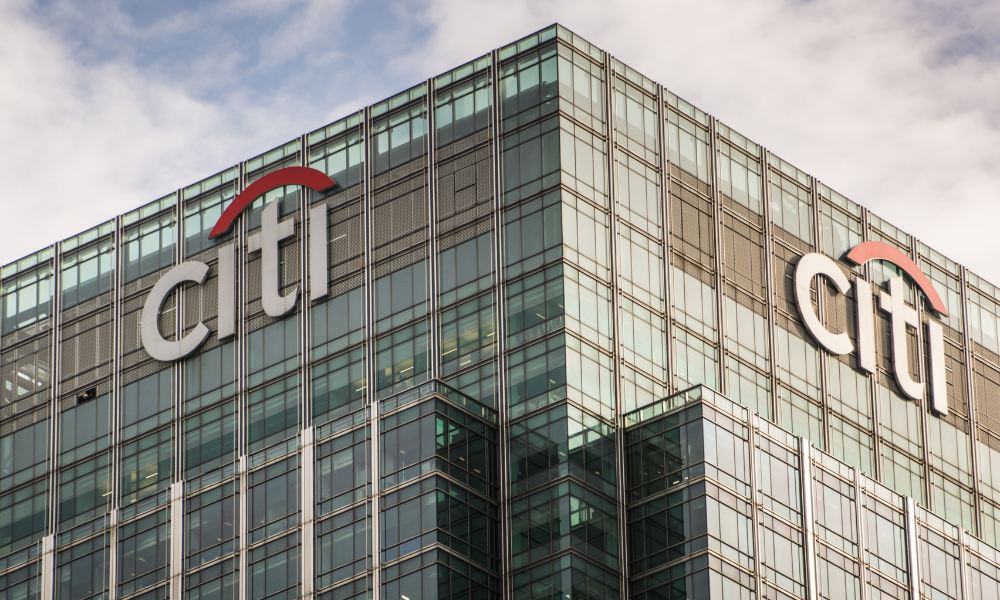Manulife Investment Management's Senior portfolio manager Eric Menzer details inflation resilient investments

This article was produced in partnership with Manulife Investment Management
Historically the domain of real asset investments was accessible only to the gilded institutions: Canadian pension plans, large foundations, and the like, while retail investors peered in from the cold. Yet, the tides of finance are ever-shifting, and the past decade has whispered of change with a proliferation of investment products, particularly open-end funds, which have opened doors for accredited retail investors.
Eric Menzer, Senior Portfolio Manager, Multi-Asset Solutions Team, finds these assets have surged in popularity, driven by investors looking for diversification beyond stocks and bonds, diversified sources of income and total return potential that’s less correlated with public markets.
These strategies invest in multiple alternative asset classes in a single fund—often with lower minimum investment requirements—allowing investors in these funds to complement current mutual fund or ETF holdings. Choosing a multi-real asset fund also means investors don’t have to choose one alternative asset class over another.
Menzer adds, “The volatility in the equity markets has caused clients to seek alternatives to find ways to dampen that volatility. They are turning to assets that have a much lower correlation to fixed income and equities.”
Closing the knowledge gap
Real assets are tangible, they are the physical, touchable assets that constitute a concrete part of the world's infrastructure. This category includes commercial office buildings, residential apartments, agricultural lands with crops such as almonds, walnuts, cranberries, and pistachios, as well as timberland where the growth of the trees is a visible measure of investment. On the infrastructure end, real assets encompass regulated utilities, transportation systems, renewable energy farms like wind and solar, and data centers.
While many investors are familiar with real estate as an investment, Menzer points out venturing into sectors like timber, farmland, and infrastructure represents a new frontier. Farmland, for example, can encompass distinct opportunities such as permanent food crops (apples and pistachios), row food crops (corn and potatoes) and raw material crops (corn for biofuel or cotton for clothing).
Menzer underscores the importance of advisors and clients familiarizing themselves not just with the characteristics of these asset classes but also with the details of investment structures, terms, conditions, and liquidity options.
Mitigating the effects of inflation
The value in real assets is that assets like timber, farmland, real estate, and infrastructure inherently contain features that may help protect against inflation. This can manifest in various ways: infrastructure investments often include explicit inflation-adjusted contractual terms, while real estate benefits from the tendency of rental incomes to increase with inflation. Similarly, the prices of timber and farmland can rise in tandem with commodity price inflation and housing construction costs, with timberland directly impacted by fluctuations in the lumber market.
The potential for inflation protection offered by these assets, Menzer highlights, was particularly evident in 2022, a year marked by significant inflation, where such investments performed well.
While inflation has come down from its peak and interest rates have stabilized, real assets continue to help protect against inflationary effects since their revenues are often tied to the Consumer Price Index (CPI) and have differentiated yield profiles that may be useful in a lower-rate environment. Since they typically provide critical products and services, real assets may also have a potential for lower volatility levels than traditional assets.
“Last year we were in a hyperinflation environment and this year it has come back down, however there will always be the need to protect against inflation,” says Menzer.
Real assets in today’s market
The current market presents mixed prospects. Real estate, particularly office spaces, faces short-term headwinds due to valuation adjustments. However, Menzer maintains, “Sectors like renewable energy infrastructure are witnessing tailwinds, propelled by incentives for wind and solar investments. We see a lot of opportunities down the pipeline for data centers. When looking at the demand for data storage, cloud computing and AI, there's going to be more investment opportunities that come along. Timber and farmland markets experience temporary setbacks but show long-term potential as sustainable building practices gain prominence.”
Looking more closely at real estate, Menzer is not seeing significant opportunities for new capital commitments but is monitoring the asset class closely as valuations stabilize. He is more enthusiastic about opportunities in infrastructure which include renewable energy.
In the current economic climate, where high-interest rates make cash and short-term fixed incomes appear attractive, there is a tendency for investors to adopt a short-term perspective. However, as Menzer notes, investors with a long-term view, who are thinking beyond just stocks and bonds, may want to consider an allocation to real assets. Initiating a strategic allocation to real assets can bring the immediate benefit of greater diversification and help position portfolios for long-term success.
Sponsored by Manulife Investment Management, as of November 2023.
Investing involves risks, including the potential loss of principal. Financial markets are volatile and can fluctuate significantly in response to company, industry, political, regulatory, market, or economic developments. These risks are magnified for investments made in emerging markets. Currency risk is the risk that fluctuations in exchange rates may adversely affect the value of a portfolio’s investments. The information provided does not take into account the suitability, investment objectives, financial situation, or particular needs of any specific person. You should consider the suitability of any type of investment for your circumstances and, if necessary, seek professional advice.
This material, intended for the exclusive use by the recipients who are allowable to receive this document under the applicable laws and regulations of the relevant jurisdictions, was produced by, and the opinions expressed are those of, Manulife Investment Management as of the date of this publication, and are subject to change based on market and other conditions. The information and/or analysis contained in this material have been compiled or arrived at from sources believed to be reliable, but Manulife Investment Management does not make any representation as to their accuracy, correctness, usefulness, or completeness and does not accept liability for any loss arising from the use of the information and/or analysis contained. The information in this material may contain projections or other forward-looking statements regarding future events, targets, management discipline, or other expectations, and is only as current as of the date indicated. The information in this document, including statements concerning financial market trends, are based on current market conditions, which will fluctuate and may be superseded by subsequent market events or for other reasons. Manulife Investment Management disclaims any responsibility to update such information.
Manulife, Manulife Investment Management, the Stylized M Design, and Manulife Investment Management & Stylized M Design are trademarks of The Manufacturers Life Insurance Company and are used by it, and by its affiliates under license.



